Wayfinding
Navigate with Ease: Wayfinding Signs & Signage Solutions by Dock Street Signs, the Premier Sign Company in Leeds.
Welcome to Dock Street Signs, your trusted partner in Leeds for innovative Wayfinding signs and signage solutions. As a leading sign company in Leeds, we specialize in creating clear, concise, and visually appealing Wayfinding systems designed to guide your visitors smoothly through your space.
Clarity and Accessibility: Our Wayfinding signs are meticulously designed to provide clear directions and information, making navigating through complex environments a breeze. Whether it’s for a sprawling corporate campus, a bustling healthcare facility, or a dynamic retail space, our signage solutions ensure a seamless experience for all.
Customized Solutions: At Dock Street Signs, we understand that every location has its unique challenges and requirements. That’s why we offer bespoke Wayfinding signage solutions tailored to meet the specific needs of your Leeds-based business. Our team works closely with you to assess your space and develop a comprehensive signage strategy that enhances navigation while reinforcing your brand identity.
- Wayfinding - At a Glance
- Available in Acrylic, ACM or Foamex
- Sutiable for indoor or outdoor use
- Can be custom size and shape
- Can be used in conjunction with cut letters or illumianted
- Suitable for Indoor and outdoor use
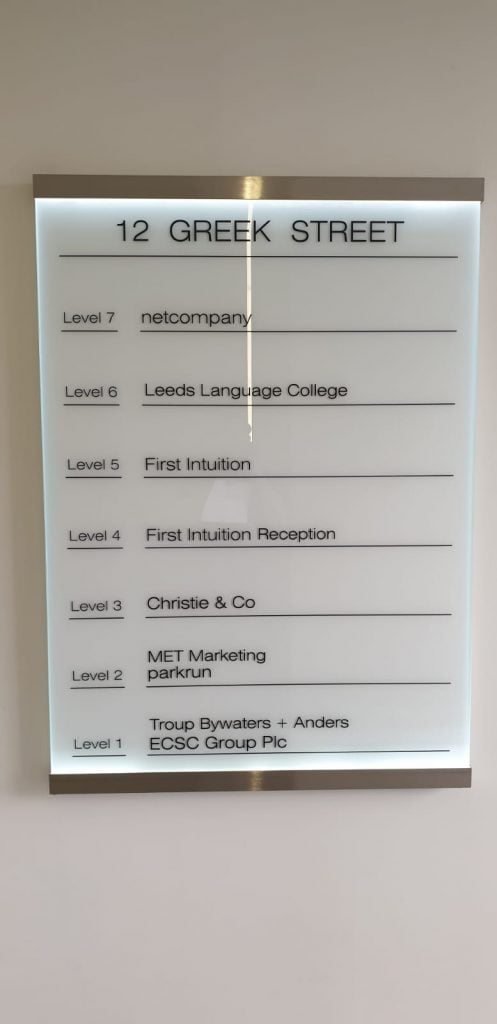

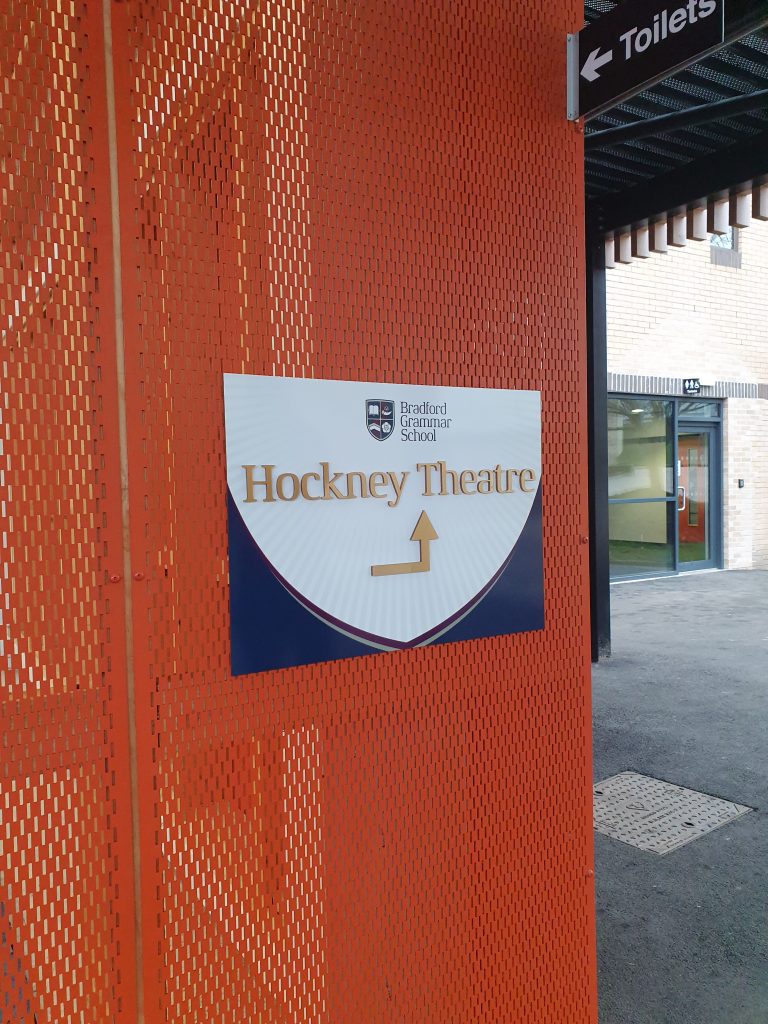
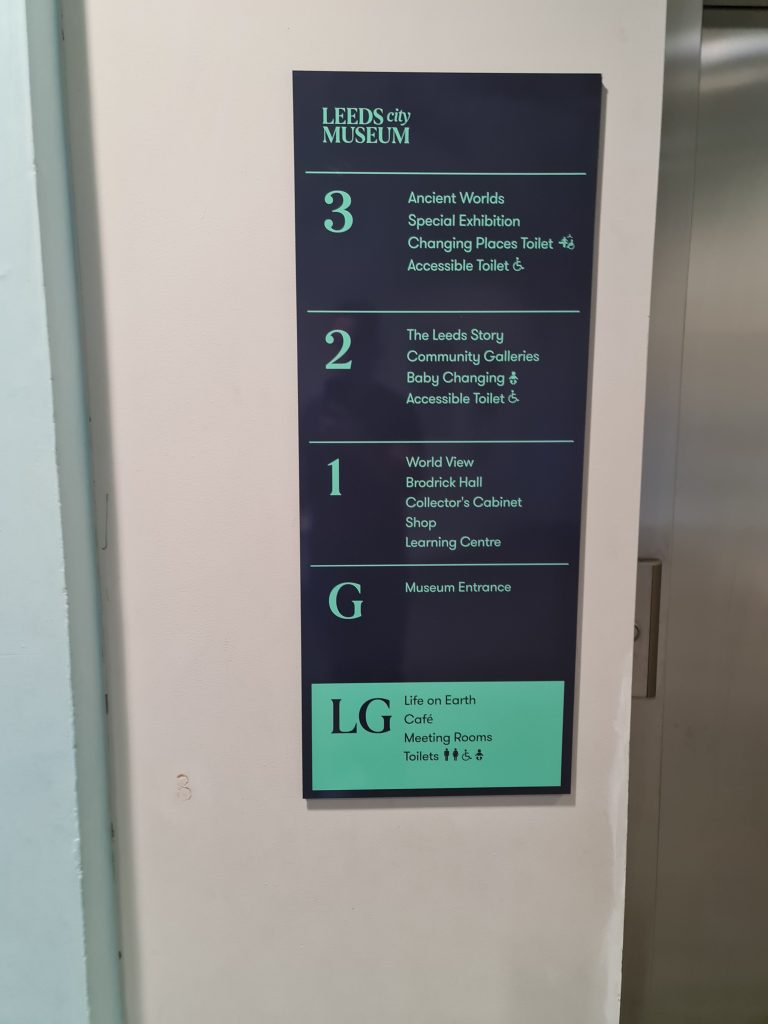
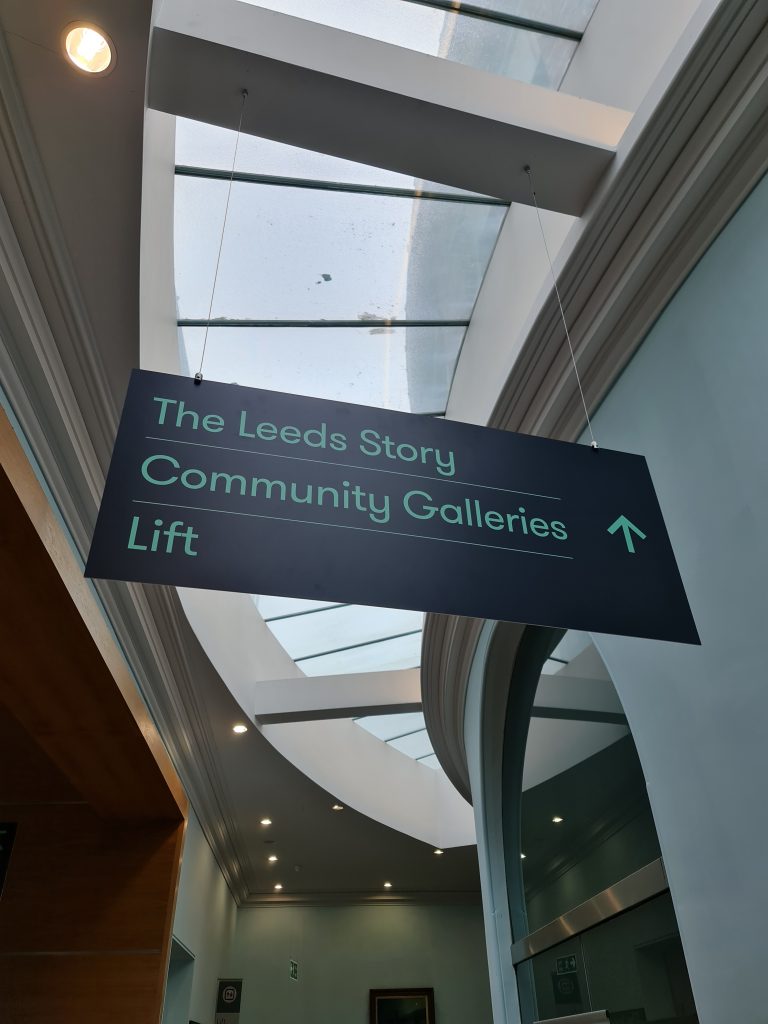
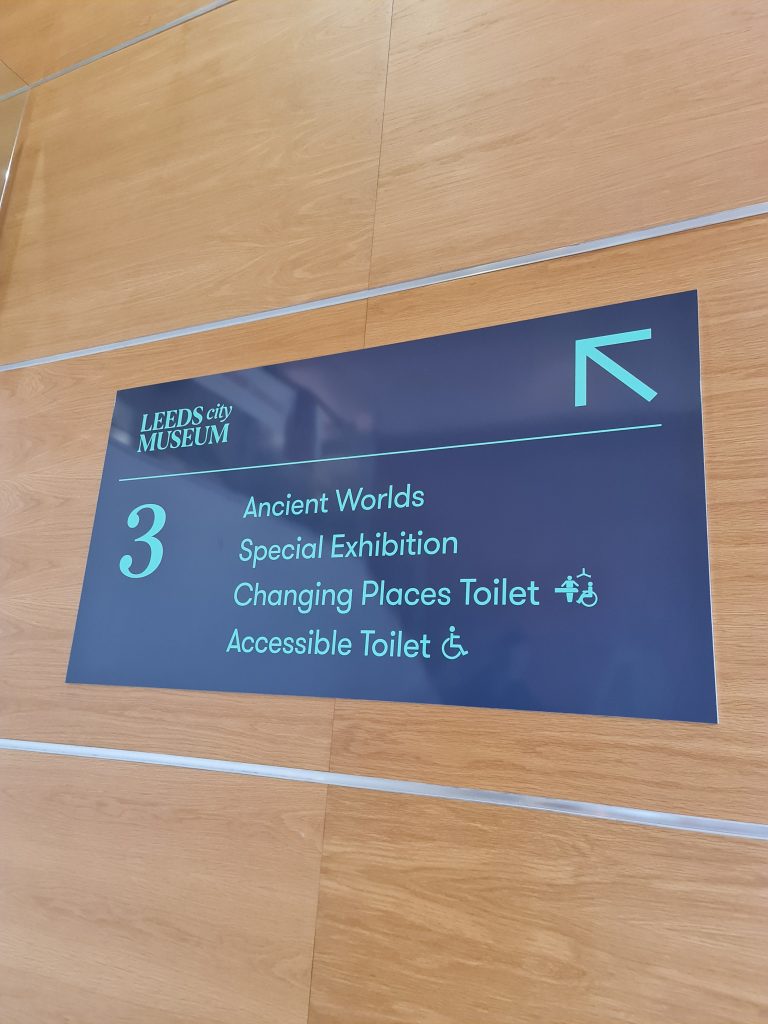
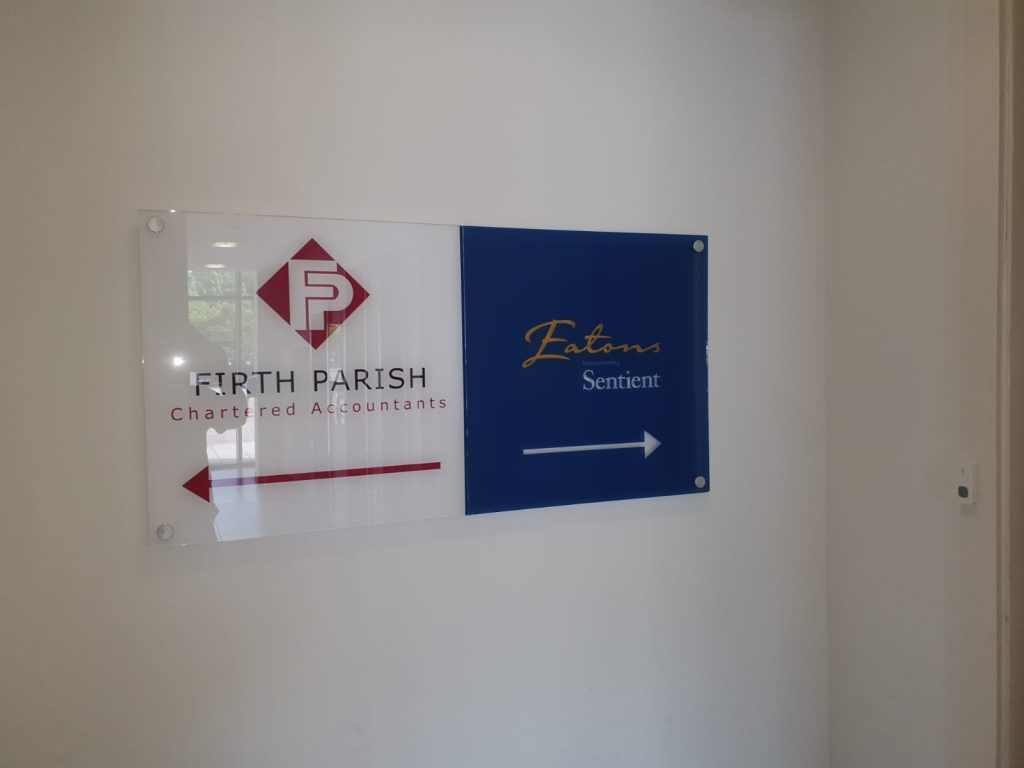
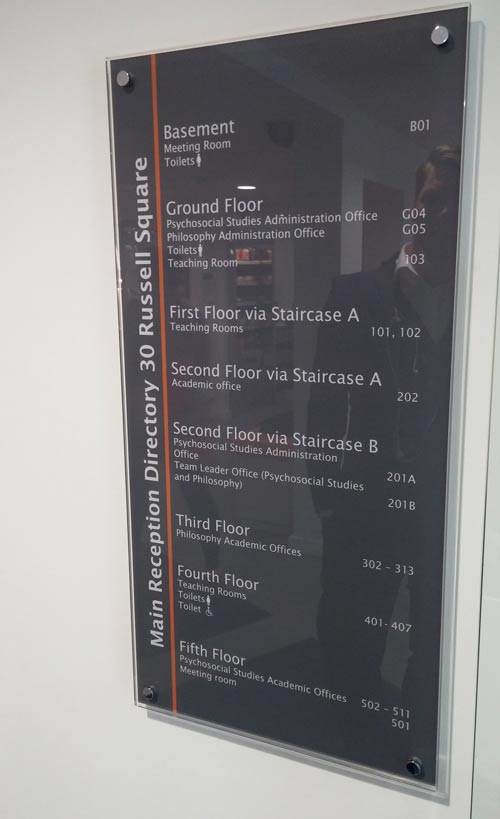
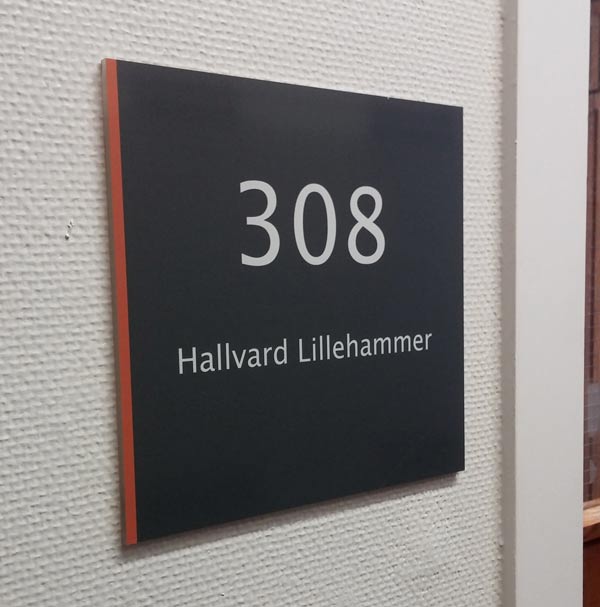
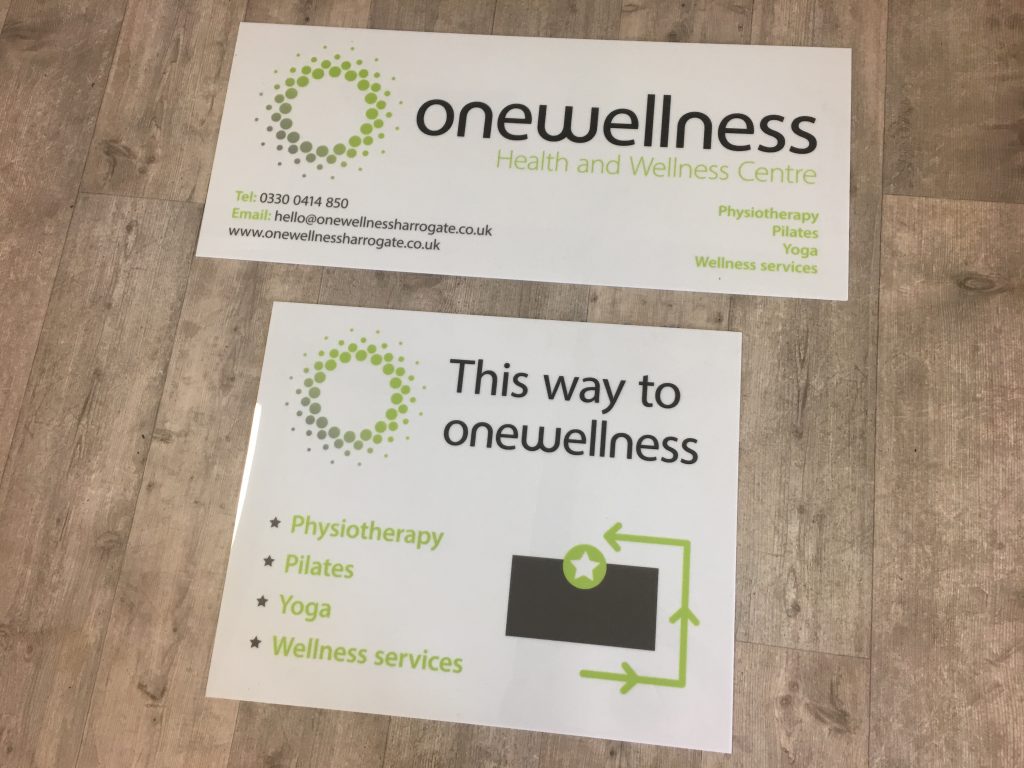
Why Choose us for Wayfinding?
Local Expertise: As a dedicated sign company in Leeds, we pride ourselves on our local knowledge and expertise. This allows us to provide personalised service and support, ensuring that your Wayfinding signage is perfectly aligned with your environment and local regulations.
Innovative Design and Quality Materials: Our commitment to innovation and quality means that your Wayfinding signs are not only aesthetically pleasing but also durable and effective. We utilise a range of materials and state-of-the-art printing technologies to produce signs that stand the test of time.
Comprehensive Service: From initial consultation and design through to manufacturing and installation, Dock Street Signs offers a complete end-to-end service. Our team ensures that your Wayfinding signage project is delivered on time, within budget, and to the highest standards of quality.
Get in Touch
Ready to improve navigation and enhance the visitor experience at your premises? Contact Dock Street Signs today. As a leading sign company in Leeds, we’re here to provide you with the best Wayfinding signs and signage solutions tailored to your needs. Let’s make your space more accessible and welcoming together.




